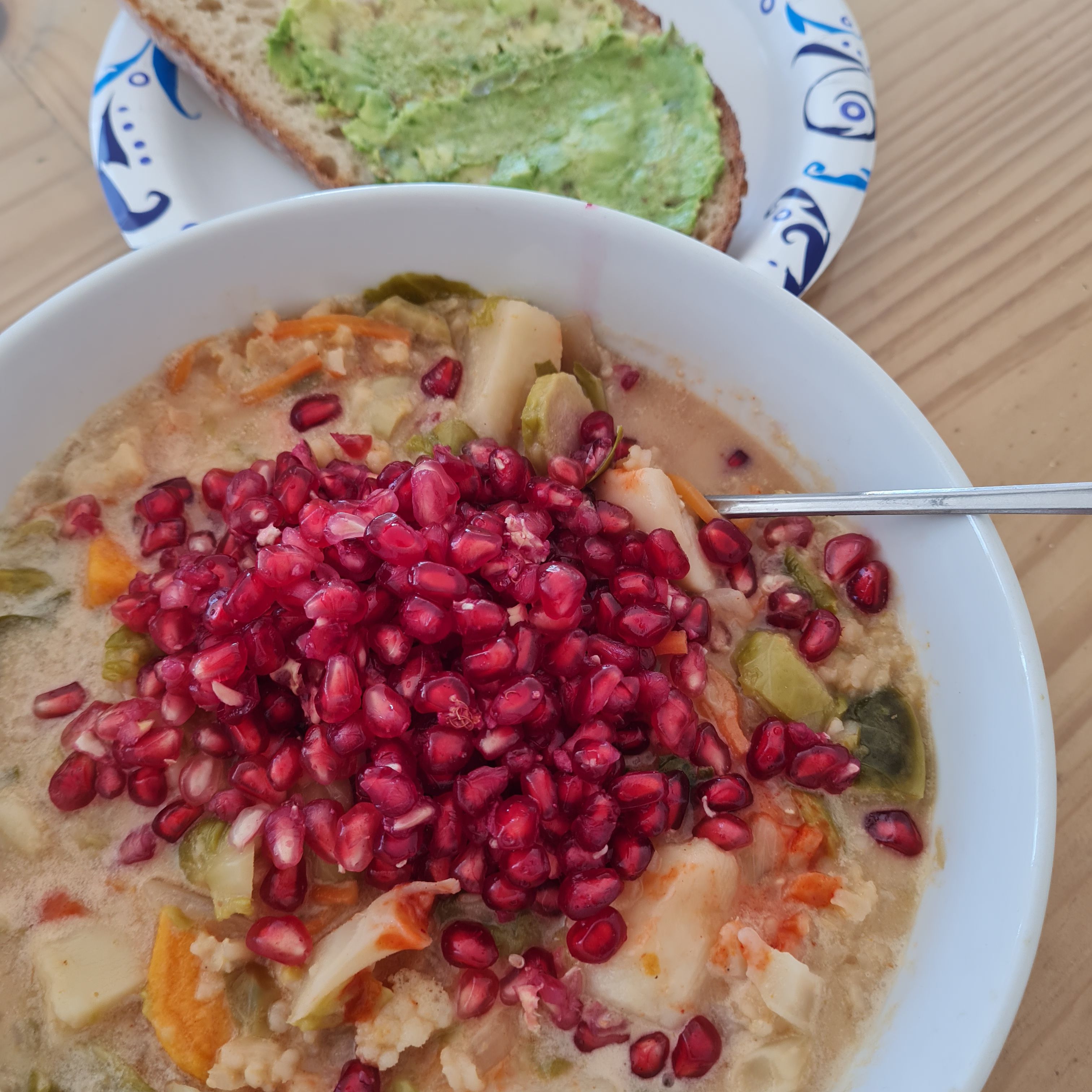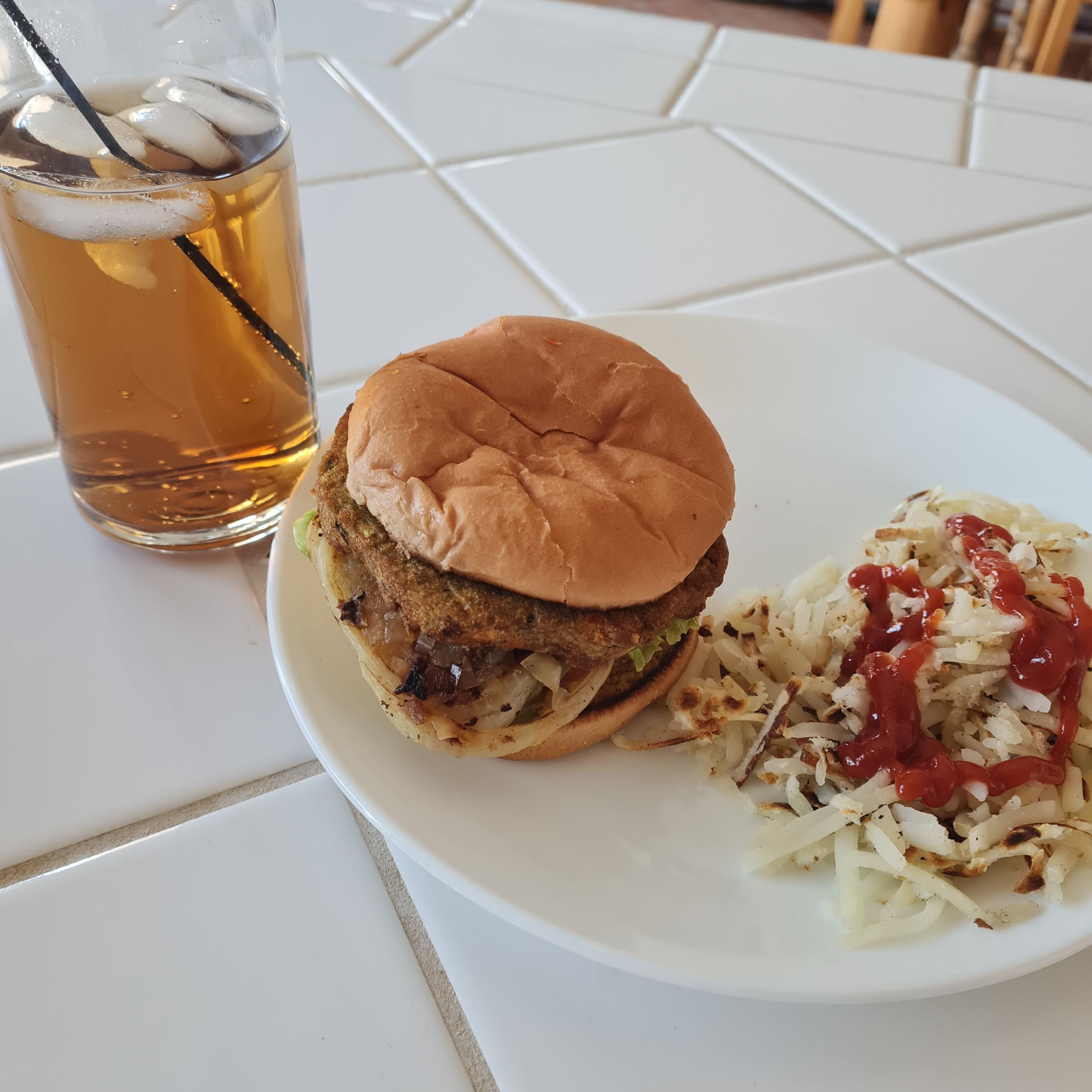Recipe: Injera
from Julia Skinner’s ‘Our Fermented Lives’
Injera is a flavorful, slightly spongy flatbread from Ethiopia and Eritrea that is easy to make and a dietary staple in both countries. If you have an existing sourdough starter (or some injera batter from an older batch), you can add some to this batter to speed things up a bit, but you don’t need to.
In Ethiopia, a large, flat skillet called a mitad, usually about a foot in diameter, is used to cook the injera. The mitad is sometimes an electric skillet or simply a flat surface set over a fire, but any large, flat skillet will do.
For a traditional Ethiopian dinner, injera is placed flat on a plate and topped with piles of stews, veggies, and sautéed meat. It can also be torn into pieces and used to scoop up bites of food.
Makes about twenty 6-inch injera
2 cups teff flour
4 cups water, plus more as needed
1/4–1/2 cup sourdough starter or injera batter (optional)
Unrefined salt
Clarified butter or vegetable oil, for cooking
Whisk together the teff flour and water in a large, nonreactive bowl. Then whisk in the sourdough starter or injera batter from your last batch, if using.
Cover the bowl with a clean cloth and set aside out of direct sunlight. Allow to ferment until the batter is bubbly and active and has a sour taste,4 to 5 days if you did not add starter and 2 to 3 days if you did. It will have brown liquid on top—that’s totally normal!
Pour off the top layer of liquid, then add salt to taste. Whisk the batter, then add enough water to give it the thin consistency of crêpe batter.
Heat a large, flat skillet over medium heat. Pour the batter into a large liquid measuring cup.
Coat the surface of the skillet with a tiny bit of clarified butter or oil (quickly wiping the pan with an oiled paper towel or cloth works well). Then pour a thin, even layer of batter into the pan. To make injera properly, you pour the batter in a spiral from the outside inward, with the goal of getting the edges of each ring to touch without overlapping.
Cook for several minutes, until bubbles form on the surface. Then cover the pan with a lid and allow the injera to steam until the edges curl, the top is dry, and the bread releases from the bottom of the pan, 3 to 5 minutes. (Don’t flip your injera.)
When it’s ready, gently remove the injera from the skillet with a thin spatula and transfer to a basket or a plate lined with parchment paper. Repeat the cooking process until you have used up all the batter. Allow each injera to cool for a few minutes before you stack any others on top of it.
Excerpted from Our Fermented Lives © by Julia Skinner.
https://newsletter.wordloaf.org/p/recipe-injera



